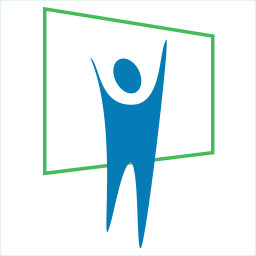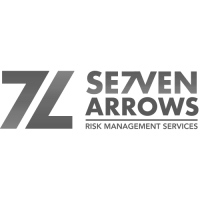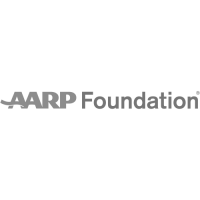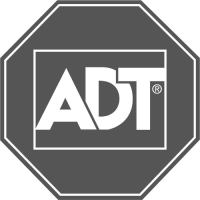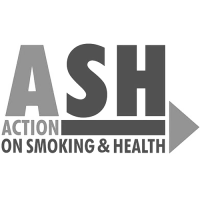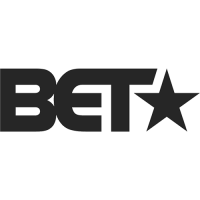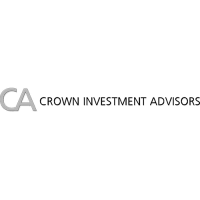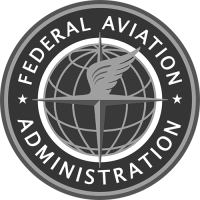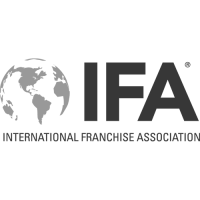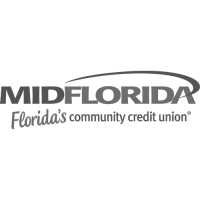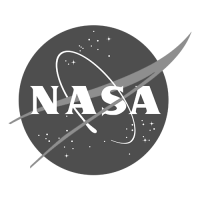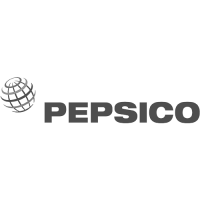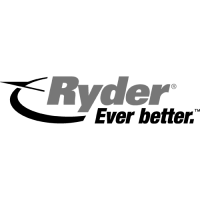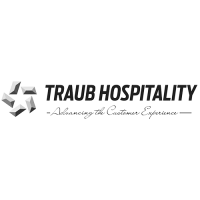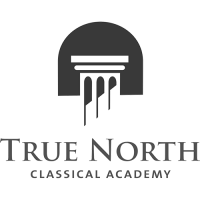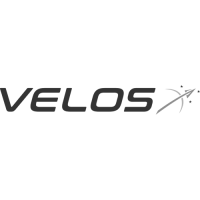Dealing with Distractions – Public Speaking tips when the unexpected strikes
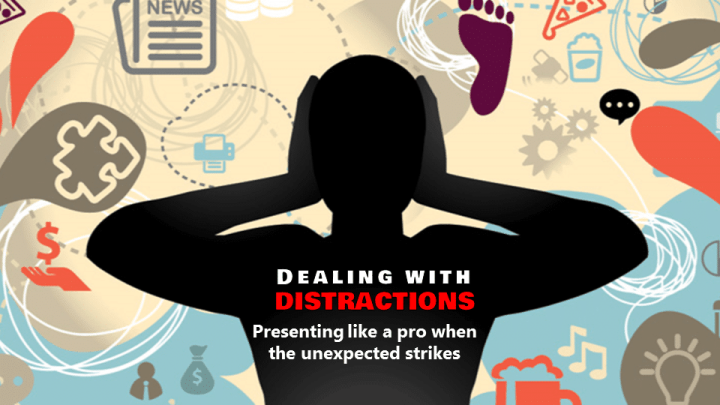
How to present like a pro and stay focused when you’re distracted.
I was recently watching a well-known speaker giving a captivating motivational presentation when she looked down at her stage-right confidence monitor and lost her confidence. Distracted, she stopped mid-sentence and made a comment, and the audio-visual team came to her rescue to adjust the image on the monitor. She joked about the distraction, and the audience laughed it off, and within a few minutes, she was back on her game. But the distraction – for both her and for the audience – drastically diminished her delivery. If Speaking and Presenting was an Olympic Sport, this distraction-induced fumble would have knocked several points off an otherwise near-perfect score.
Distractions are everywhere, and to amplify your skills as a speaker and presenter, it’s helpful to know how to prepare for and deal with the unexpected.
There are two simple options I use for dealing with distractions: Stay focused. Or be flexible.
If something is distracting you, it’s best to remain focused on your talk and power-through the distraction.
If the distraction is too overwhelming and detracting from a top-performance delivery, be flexible and deal with distraction rapidly with minimal drama.
You and your message are what the audience has come to hear. They would prefer to see you fully focused on them and presenting in your best state-of-mind, rather than you engaged in a mental tug-of-war between them and your distracting external issues and troubles.
Here are some distractions- broken into five categories (Physical, Venue, Technical/Visual, Audience, and Delivery) and some strategies for dealing with them – to make your next presentation more successful.
Physical Distractions
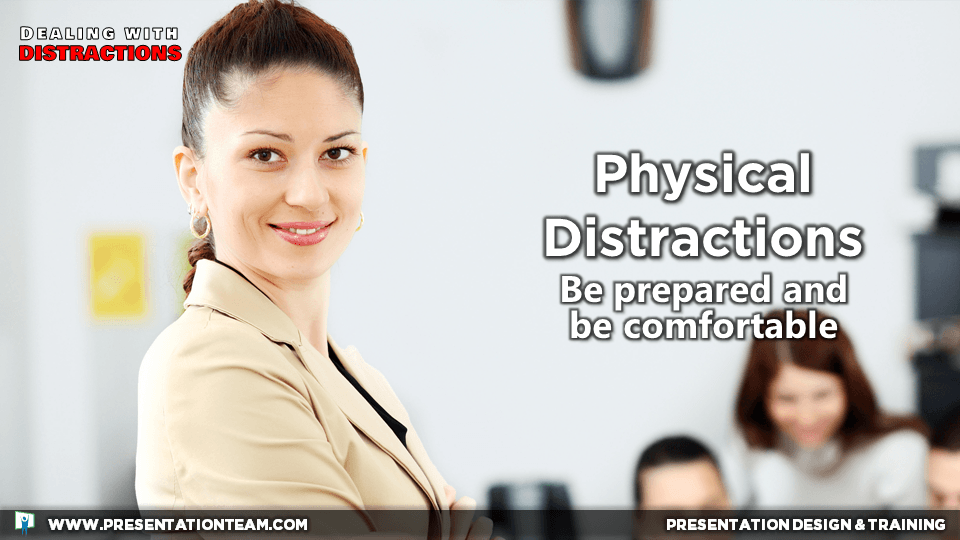
Be prepared and be comfortable
One of the last things I do before taking the stage is to take a quick trip to the restroom to empty my bladder. It’s a habit learned from having to do the pee-pee dance on stage once following a hearty breakfast rich with water and orange juice. I raced through my presentation and ended five minutes early, clearly in a state of discomfort.
If you’re presenting, aim to be as physically prepared and comfortable as possible to eliminate any distractions. What can you do to minimize your discomfort and distraction to your audience? Too hot? Too cold? Too sleepy? Not feeling well? These worries and distractions can all throw a curveball into your delivery. Ahead of the show, take some preparations:
- Make sure the room is the right temperature and that you’re comfortable.
- Make sure you have some water nearby; many meeting planners set up several water bottles at the podium for the speaker.
- Eat a good meal at least an hour before speaking, and ensure that your body is well-fed and nourished. Aim to eat foods that won’t cause gas or cause you to feel bloated or tired.
- Take some deep breaths beforehand (or meditate) to quiet your mind and oxygenate your brain.
- Use the restroom – even if you don’t feel it’s critical – before your talk.
- Make sure you’ve taken your medication.
Your mind and body are reflecting your thoughts and actions. Consequently, they should be as prepared as possible. During my pre-talk restroom break, I often check my appearance in the mirror and give myself a quick self-affirming message that everything will be okay. Attitude makes the difference.
Health is a Priority
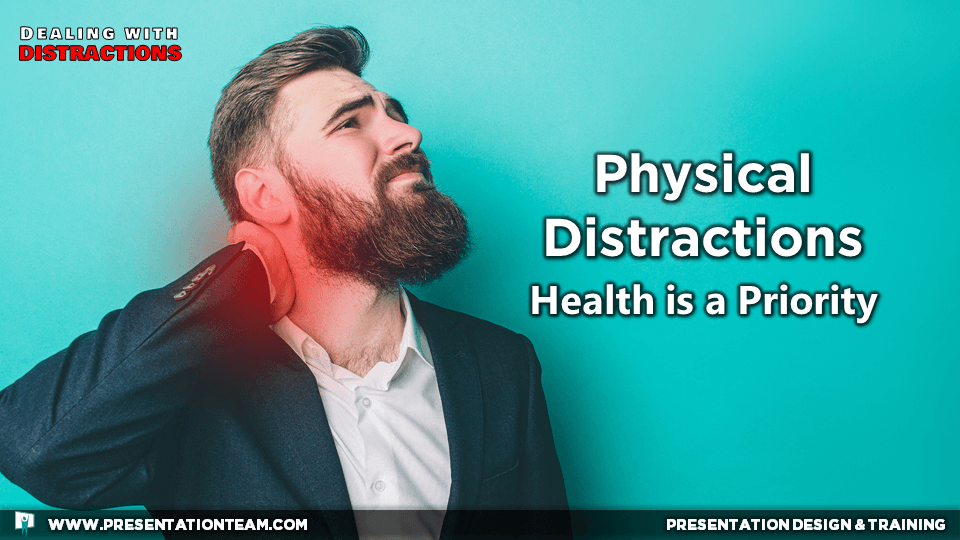
If you’re presenting and you start to feel distracted by how you’re feeling, it’s usually best to carry on with your presentation. However, if you’re physically uncomfortable, aim to deal with it as smoothly as possible.
- If the room temperature skews outside your comfort zone, there are two options. Either adjust your attire by putting on or taking off a jacket. Or make a request- polite and without drama – to have someone adjust the temperature of the room.
- If you’re uncomfortably thirsty, pause for a few seconds to take a drink of water. If there’s no water nearby, politely ask your meeting liaison or colleague to get you some water. Drinking water from a glass is preferred over plastic bottles, as they send a more sophisticated message.
- If you absolutely can’t wait until the end of the talk to use the restroom, there are several options:
- Play a short video that’s relevant to your program
- Ask a colleague to step in for a moment and talk about a similar or related topic
- Tell the audience it’s time for a short “comfort” break.
Your health is the highest priority. If you find yourself feeling physically sick (nauseous or dizzy), take care of yourself immediately. Tell your host about your situation, or tell the audience that you cannot continue, and then tend to your health. Your audience will typically understand and will work to reschedule your meeting or talk.
I’ve had epilepsy since I was 26, and it’s well managed. But one morning in 2010, I quickly ate up a small breakfast and guzzled down a large cup of coffee, before dashing out the door to deliver a 2-hour training program to a large client in Boca Raton, Florida. A few hours later as I was standing and speaking to a group of executives in their boardroom, I felt a petite-mal seizure coming on. I knew the forewarning symptoms (the aura) and immediately stopped my talk and told my audience that I needed to take a break because I was about to have a seizure. I told them not to worry and most left the room, and a few stuck around to keep a caring eye on me. The seizure lasted just about 90 seconds…but the after effects – confusion and headache lingered for another 30 minutes. When I felt well enough, I chatted with the audience about the symptoms and prevalence of epilepsy and continued the program and we picked up where we left off. When I returned home that evening, I discovered that in the morning rush, I had forgotten to take my medication…all of which created a cocktail for catastrophe.
With better preparation, this scenario could have been avoided. And yet, with a flexible approach to the unforeseen, the audience and I kept things in balance and deal with the distraction that ultimately allowed the show to carry on.
The importance of physical preparation cannot be understated. Your audience- on a subconscious level – wants to see a speaker undeterred on the platform by health issues or physical sufferings. Have a checklist of personal needs or preferences to help you to be as prepared as possible for your presentation. And should your health get in the way, prioritize it, and manage your audience with practicality and professionalism.
Venue Distractions
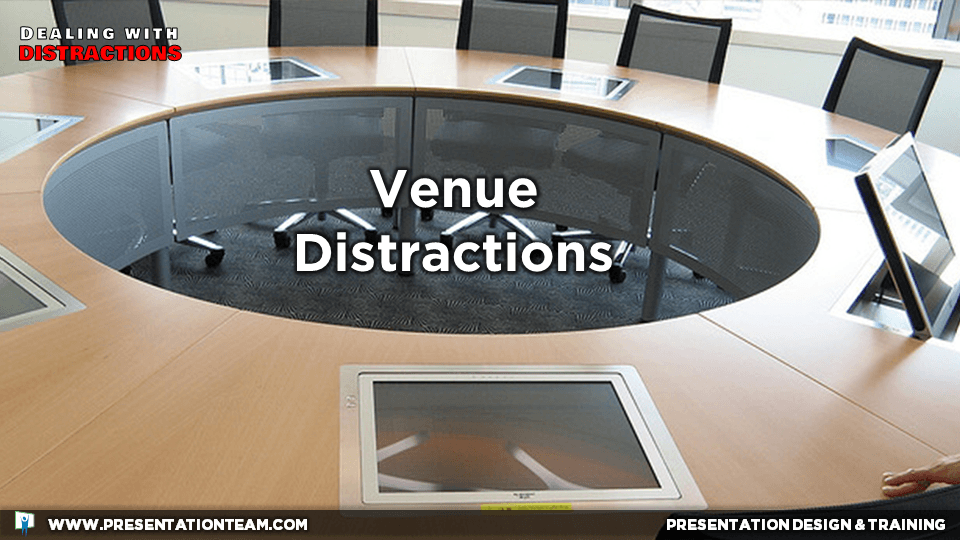
Visiting your venue ahead of your presentation is one of the best ways to prepare for and reduce any distractions. When you arrive the next day, you may not have time to deal with the unexpected.
Before wandering around a meeting space, aim to know what room you’re supposed to be in, and that it’s properly prepared for you and your presentation.
Familiarize yourself with the room and its layout envisioning yourself presenting to your audience. Walk around the room. Ensure you can be seen- and heard- from all parts of the room. If possible, walk the stage and practice your presentation. Where will you stand? Where will you look? Do you prefer a handheld microphone or lavalier?
If you can, aim to have the room pre-set the day or night before. If you’re presenting at a hotel conference room and the room is not configured or filled with chairs yet, don’t worry. Hotel staff typically work overnight and into the morning to prepare meeting rooms as requested.
Have a colleague support you by ensuring you can be heard and seen from all the back of the room. If you can’t see your audience, then your audience can’t see you. Take action before it’s too late.
Preparation is a priority, however if something in the room does cause trouble at showtime, aim to deal with it quickly and without drama. If you can overlook the distraction, chances are your audience will too.
Technical and Visual Distractions
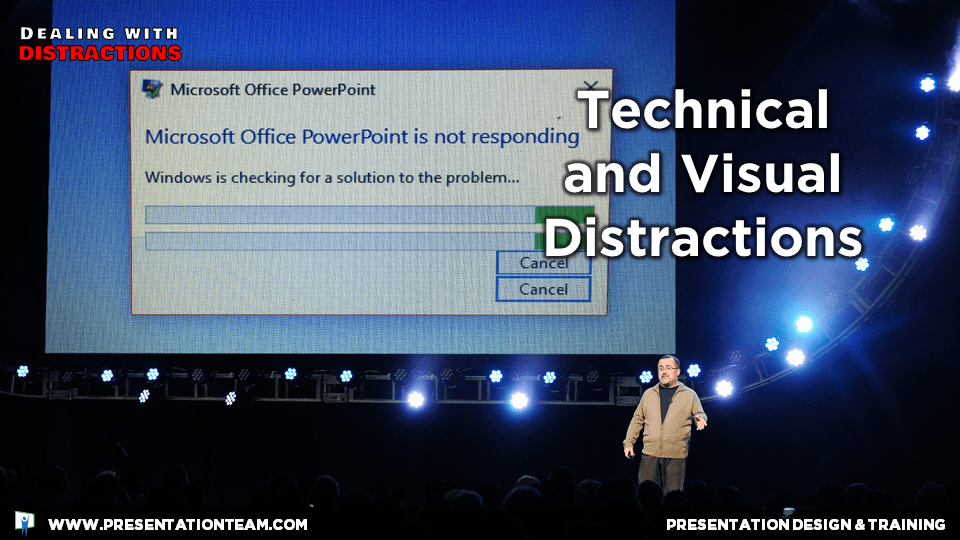
One of the most potent presentation distractions is a technical glitch or mistake within your slideshow. Fortunately, by practicing and rehearsing your talk, you can deal with distractions before they deal with you.
I typically arrive at least 90 minutes before my presentation-time, even if it’s a small conference room- to set up my laptop with the monitor or projector. Make sure your presentation displays properly and at the right aspect ratio (16:9 or 4:3). A distorted presentation can be a major distraction.
Aim to keep your presentation (and related files) localized on your laptop. Relying on your venue’s internet connection to present can be a risky or costly gamble.
If you’re handing your presentation to the AV team or someone else, ensure the presentation displays the same way as on your machine…especially with regard to fonts. Either install your presentation’s fonts on the end-machine, or be prepared for an automatic conversion to a more basic font like Arial.
Rehearse your presentation in screen-show mode. This can help familiarize you with the on-stage feel as well as with the transitions and effects. Speakers can be deeply distracted by multiple mouse-clicks that they never considered in edit-mode.
There are numerous other factors to prepare for to help reduce or avoid technical distractions.
- Make sure you’re ready to go with your audio. Ensure your microphone batteries are charged and you (and your presentation) can be heard around the room.
- If you’re using a confidence monitor or notes monitor (for PowerPoint), make sure it’s working correctly and you can view it clearly from the stage.
- Don’t be afraid to seek help…beforehand. The Audio Visual team (or person) is typically on-call to help you present with poise and professionalism. Treat them with respect and they’ll help you present like a pro.
Technical troubles are often unavoidable, yet preparation will help. However if there is some technical trouble on stage, aim to deal with it with minimal distraction to your program. A cry-out for help while you’re presenting can be a major distraction from your program and shift your appearance from a confident leader to someone who is picky and problem-prone.
Audience Distractions
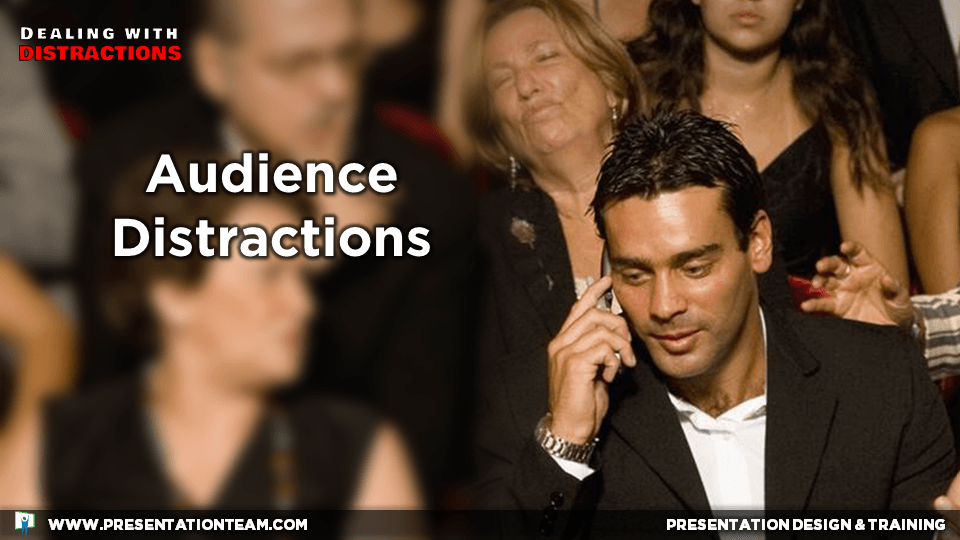
Audiences can be the leading element of distraction in any presentation. From ringing cell phones, to crying babies, your ability to prepare for and deal with the unpredictability and annoyance of audience distractions can the major determinant of your professionalism and poise as a speaker.
When preparing for a presentation, it’s vital to consider the role that your audience plays in the energy and dynamics of your talk. Their excitement can be infectious, supporting you and amplifying your talk you with a rich vigor and enthusiasm. Conversely, their disengagement or downright rudeness can be a dramatic distraction of enormous proportion.
It’s important to realize that not everyone will agree with what you have to say or share. They may be attending because it’s required. EEOC employee ____ explains that she has presented to people that don’t want to be there…it may be a company requirement. “They may not want to be there, but I try to let them know that I feel their pain, and I aim to make our training presentation as enjoyable and minimally painful for everyone.”
Cell phones
According to the National Safety Council, at least nine Americans die and 100 are injured in distracted driving crashes every day. Yet far more are distracted by cell phone texts and calls during presentations. A business meeting is not an academic venue or vacation, and your audience is likely still on-the-clock, and requiring some degree of connection to the outside world. A simple slide and pre-meeting message asking your audience to, “Please take a moment and silence your cell phone” is about your best strategy. And then just deal with it with a calm yet stern demeanor.
It’s a best practice to not be thrown-off topic by anyone’s phone tone. Your focus should be your message and audience, not on creating a phone-free zen-like atmosphere. Your audience has come to hear you, and calling them out or making a dramatic request to shut off their phones, can be arrogant and intrusive.
Still, if someone is causing a continuous distraction to you or others with their phone tones, make another general request – without calling out anyone specifically – to silence their phones or take the call outside of the meeting. Say your message slowly. And emphasize it with a few seconds of silence.
“I have to make another request [2 seconds of silence]. Please take your calls and messages outside of our meeting [3 seconds of silence.] Thank you.”
Children
Our little ones typically don’t venture into the meeting room, however it’s been known that on holidays or during after-hours events, children of all ages can march, giggle, and cry their way into meetings, distracting everyone and stealing the show. Recognize that their parents – members of your audience – have brought their children to your meeting because they have no other place for them.
Preferably, in preparation, aim to have a parent-monitored children’s room with a TV and games, to keep everyone entertained. Alternately, an area in the back of the room can keep kids playing and quiet for hours.
If the atmosphere and culture is right- aim to integrate the little ones into your talk. Make them feel part of your show. Talk to them. Ask them to demonstrate something. Creating a family-friendly program where children are welcome has the potential to create a loving and memorable experience that could make you everyone’s hero. “Daddy, that speaker was really funny.”
A nursing mother is a political hot potato. You may not have seen this before, and it might be fascinatingly distracting to you, but as long as mom is not causing a big scene, it’s wise to leave her alone.
Minimal eye-contact or audience engagement
I gave a training presentation a few years ago that really threw me off. The audience did not just lack eye-contact with me…many of them had their heads tilted backward and their eyes closed. They seemed terribly disinterested and downright sleepy. For the first three hours I delivered my program, distracted by this near-rude audience response.
During lunch I asked my client what was going on with my audience. She replied that many of the audience members were from South Korea and that this is a cultural thing. “By closing their eyes they are better able to process my information, without being distracted by the visuals,” she explained.
It helped me gain my footing- and they were pleased with my program. Still, talking to an audience that could care less about you or your presentation can be distracting and disheartening. Aim to carry on, making your presentation as entertaining and engaging as possible.
Protesters
Not everyone wants to see or hear you speak. Worse, there may be those whose goal is to challenge your every word and protest your presence. These protest-oriented distractions might be commonplace for the seasoned politician. But presenting your message over angry chants and hostile audiences takes a thick-skin and determined diligence.
During a time of protest and anger, a scripted delivery is vital in allowing you to stick to your message and limiting your distraction by your audiences’ taunts.
Making eye-contact with angry people can cause your blood-pressure to raise and truly be unsettling. Unless you are there to add fuel to the fire and taunt people even more, aim to make a calm and collected delivery. Pick a few points in the room (a clock, a point on the wall, etc.) and look there rather than directly at your hostile protesters.
Your audience may not agree with all that you have to say, but your energy can reflect on them. Take a deep breath. Remain calm and focused, stick to your points, say what you must, and leave.
You may have your own strategies for connecting with a hostile audience, but it’s my belief that if you can view your angry audience with a degree of compassion and understanding – recognizing that they just have a different perspective then you – then you will be able to present from a higher level of clarity and peace.
Doors and Dinner
One of the more distracting elements of a presentation can be people entering and exiting your room. As doors open and close, they make noise and cause disruptions. Encourage people to enter from the back of the room.
At conference centers, waiters serving food can be a constant source of commotion. Aim to not be distracted by the noise or activity. Recognize that they are there to eat. You are there to speak. It’s often better when the lights are lowered, so you are not able to see the audience.
Unbearable Audience Distractions
It’s typically up to you to define and enforce the rules and child policy of your meeting. If any of these situations is affecting the meeting to the point where others seem annoyed- take a moment to stop your talk and consult with your meeting manager/liaison or a security officer. They’re probably just as aware of the distraction and can deal with it more effectively than you can.
Delivery Distractions
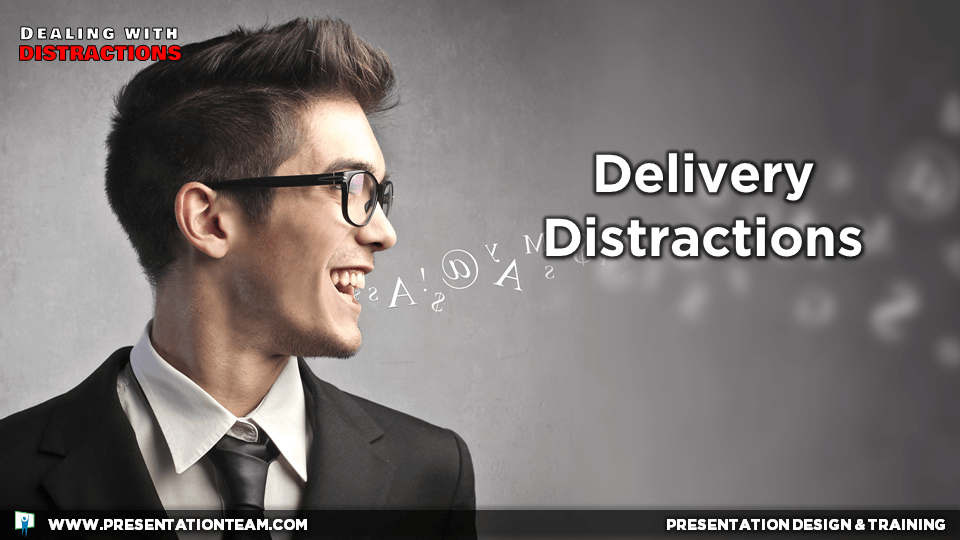
Forgetting your message
The consequence of any of these distractions is often losing your train of thought. Forgetting your message can cause you to stumble, mumble, and worry. And the more you worry about your presentation, the more you’ll be distracted. A vicious cycle. Therefore it’s vital that you recover quickly and get back on track to a focused delivery.
Practice and rehearsal is the key to a polished delivery. Even world-class speakers practice their program regularly to help them recover from the occasional lapse in memory.
Your audience will likely not know that you have forgotten your message. But they will know if you say, “whoops, I forgot something.” If you do forget something, keep it a secret. There’s no need to share your absentmindedness with your audience. This will weaken their view of you and weaken your impact.
Notecards are great tools to stay help you stay on track. So is a typed speech, with large type allowing you to see it from a distance.
PowerPoint is popular in part because it helps people to stay on track and remember where they are. But if you’re just using PowerPoint as a notes tool- and your slides are simply bullet points serving nobody but you to remember your message, consider whether your slides are a distraction to your audience. Are their eyes focused more on you, or on boring text points on screen?
Lost notes
Would you rather lose your notes or your mind? If in the chaos of presentation, you lose your notes, it’s vital that you remain calm and clear. Your skill in being focused on your program and avoiding distraction and drama over your missing notes will help you to present like a pro. Unless you had a ghost-writer prepare your program, chances are that you know your program a lot better than you think.
Again, try not to admit your loss to your audience; no excuses. Aim to have the same state of mind that you would use if you were talking to a colleague about your topic; a relaxed conversation. Gain your composure and breathe deeply. Take a few minutes before your program and draft a quick outline. Remember the key points, stories, facts, and takeaways. Envision yourself presenting it to a cheering audience. Then get out on stage and present with confidence and conviction!
Stick to your time
If you’re presenting, it’s essential that you remain focused- yet not distracted- by your speaking time. If you have fallen behind schedule or your allotted time has been reduced, aim to shorten your talk and finish on-time. Jump to the end and wrap it up with poise and professionalism.
As you near the end-time of your program, chances are that your audience will also be looking at the time and start thinking of their next steps. By properly planning your program and letting your audience know that you’re approaching the conclusion, they will likely be less distracted by their own guesses and estimates and remain more focused on you.
If you have fallen behind schedule or the allotted time has been reduced, aim to shorten your talk and finish on-time. Tell the audience how they can reach you later, or where your presentation – in its entirety – will be available for their download or online viewing.
When presenting, aim to have a timer or clock nearby to view and gauge your time as your talk. Alternately, someone in your audience giving you cues about your remaining time can be helpful and non-distracting to you and your audience.
Team preparedness
If you’ve arrived at a meeting or event with a support team (assistants, photographers, program helpers, etc.) you can save yourself a lot of worry and distraction if they know beforehand what to do and where to be. A little management of your team can help save you a lot of distraction during your presentation.
—-
Distractions are everywhere…and they can derail even the greatest speaker or presenter. But with proper preparation, you can help minimize distractions to you and your audience. And deal with them with focus, flexibility, and a positive attitude.
better speaking, distractions, Presentation Skills, Speakers, speaking skills, speaking tips
